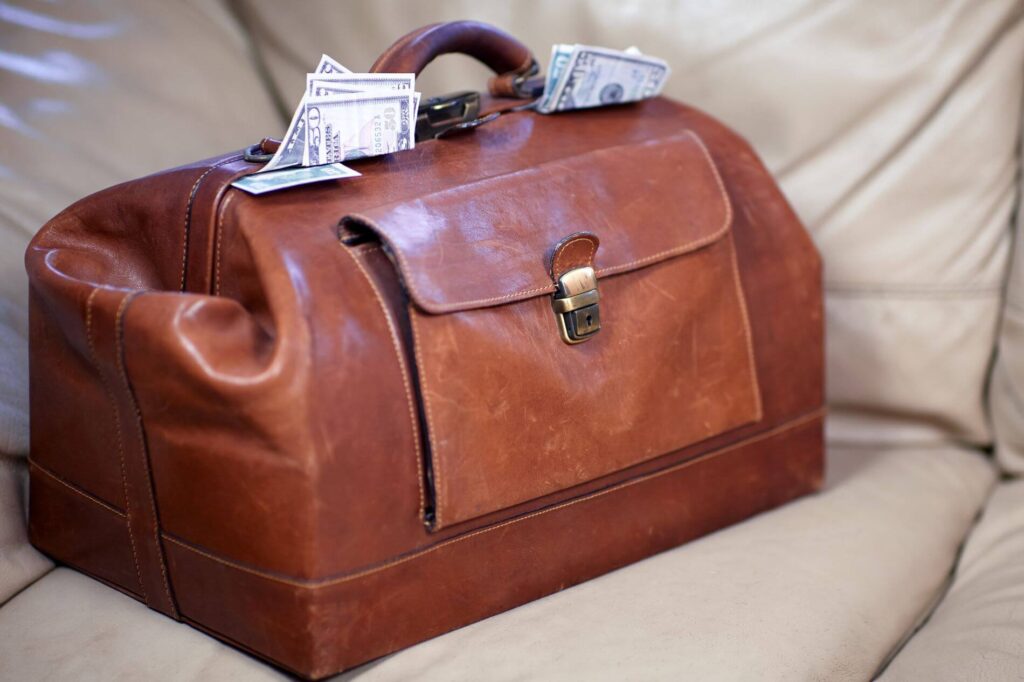In October 2020, the U.S. Department of Justice announced that they had arrested a smuggling ring that used Aeroflot passengers and flight attendants to ferry $50 million worth of gadgets across borders. This is neither the first nor the biggest aerial smuggling scheme in the aviation world. Let’s briefly look at the prominent examples of aircrew exploiting their unique positions for some illegal cash.
Unfortunately, the history of air smuggling is almost as long as the history of aviation. The first smuggler with illegal cargo in his aircraft was caught on Italian-French border in 1911; since then, this way of circumventing customs and tariffs grew in both scale and sophistication.
In their early years, airplanes simply tore apart existing international trade models, as they provided a new, simple and discreet way to cross international borders. The first wave of aerial contraband resulted in the first aerial regulations, as governments tried to find a way to control this new phenomenon. But after World War I their attempts went out of the window, with surplus warplanes and discharged pilots zipping across borders, unbound by laws.
It may have reached its peak in the prohibition-era United States, when airplanes were one of the main ways to smuggle alcohol into the country. So much so, that up to half of U.S.-based aircraft may have been involved in smuggling at the time. As aviation historian Roger Connor observes, “If smuggling wasn’t the largest aviation application at the time, it may well have been the most profitable given that a single flight might net over $2,000 profit.”
And what about today? Just in recent years there were dozens of prominent cases when aircrew got caught profiting from illegal side jobs that required some flying.
-
Drug trafficking, quite obviously, is the most reported one. Flight attendants usually benefit from lenient security checks, as they are entrusted with tasks that require a high level of professionalism and loyalty. In early October 2020, a Malaysian flight attendant was charged for trafficking $3 million worth of heroin into Australia, over four kilograms over eight trips – she hid the drugs in her underwear and the lavatory. In 2007, a prominent case resulted in one-fifth of all Air Tahiti Nui flight attendants being suspended as a massive trafficking ring, involved in smuggling all kinds of illegal substances to French Polynesia, was uncovered.
-
Money laundering is a close second. Flight attendants carrying large sums of cash that they are supposed to drop off to a “contact” upon arrival is a regular occurrence: for example, in late 2019, four American Airlines (A1G) (AAL) employees were caught smuggling over $22,000 from Chile, with one of them directing the operation. A year earlier, Malaysia Airlines flight attendant was jailed for illegally carrying more than $190,000 in cash, blocks of money casually packed into his bags.
-
One of the strangest money trafficking schemes was unearthed in 2011, as Lufthansa (LHAB) (LHA) flight attendants brought back to Germany €6 million worth of Euro coins sent to China to be melted down: that’s over metric 28 tons (63,000 pounds) of metal – a weight equivalent to two empty ATR 72 regional airliners.
-
Human trafficking is something pilots can get involved in. No border walls can stop a small private airplane flying below the radar, carrying people determined to get into one or another country for usually a substantial amount of money. In the U.S., similar cases are not that common, but are often brought to prominence by the media, as authorities catching a plane full of “illegal aliens” at some remote airfield makes a memorable story.
